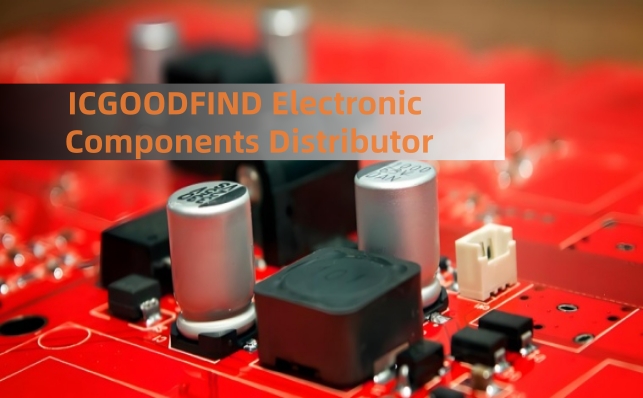CC1120RHBR Available In Stock at ICGOODFIND
For engineers and procurement specialists working on high-performance wireless systems, finding a reliable and capable transceiver is crucial. The CC1120RHBR from Texas Instruments stands out as a premier solution for sub-1 GHz applications, and its immediate availability is a significant advantage for project timelines. This highly integrated RF transceiver is engineered to deliver exceptional sensitivity and robust link performance, making it an ideal choice for demanding industrial, scientific, and medical (ISM) band applications.
The core strength of the CC1120RHBR lies in its outstanding range and interference resilience. It supports a wide frequency range from 164 MHz to 192 MHz, 410 MHz to 480 MHz, and 820 MHz to 960 MHz, providing the flexibility needed for global deployments. With a maximum output power of +16 dBm and a sensitivity as low as -123 dBm (at 0.6 kbps in the 868 MHz band), it ensures a stable and long-range communication link even in noisy environments. This performance is critical for applications such as advanced metering infrastructure (AMI), wireless sensor networks, and alarm/security systems, where data integrity and reliability are non-negotiable.

Furthermore, the device is designed for efficiency and ease of integration. Its low power consumption extends battery life in portable and remote devices, while the integrated FIFOs and automatic packet handling simplify the microcontroller interface. The VQFN (RHBR) package is compact and suitable for space-constrained PCB designs. For developers, the availability of a comprehensive development kit and software accelerates the design-in process, reducing time-to-market significantly.
ICGOODFIND ensures that this critical component is readily accessible, eliminating sourcing delays. Their service provides a seamless supply chain for the CC1120RHBR, supporting innovation and production from prototype to volume manufacturing.
Keywords: CC1120RHBR, Sub-1 GHz, RF Transceiver, High Sensitivity, Wireless Sensor Networks.